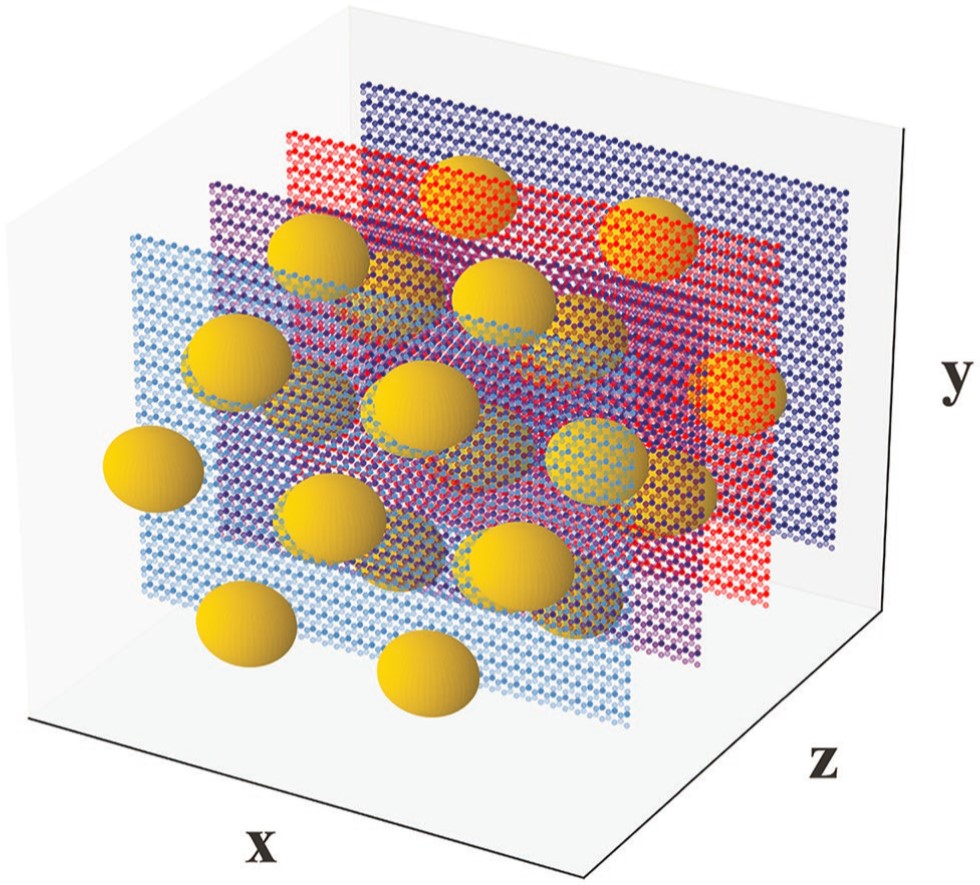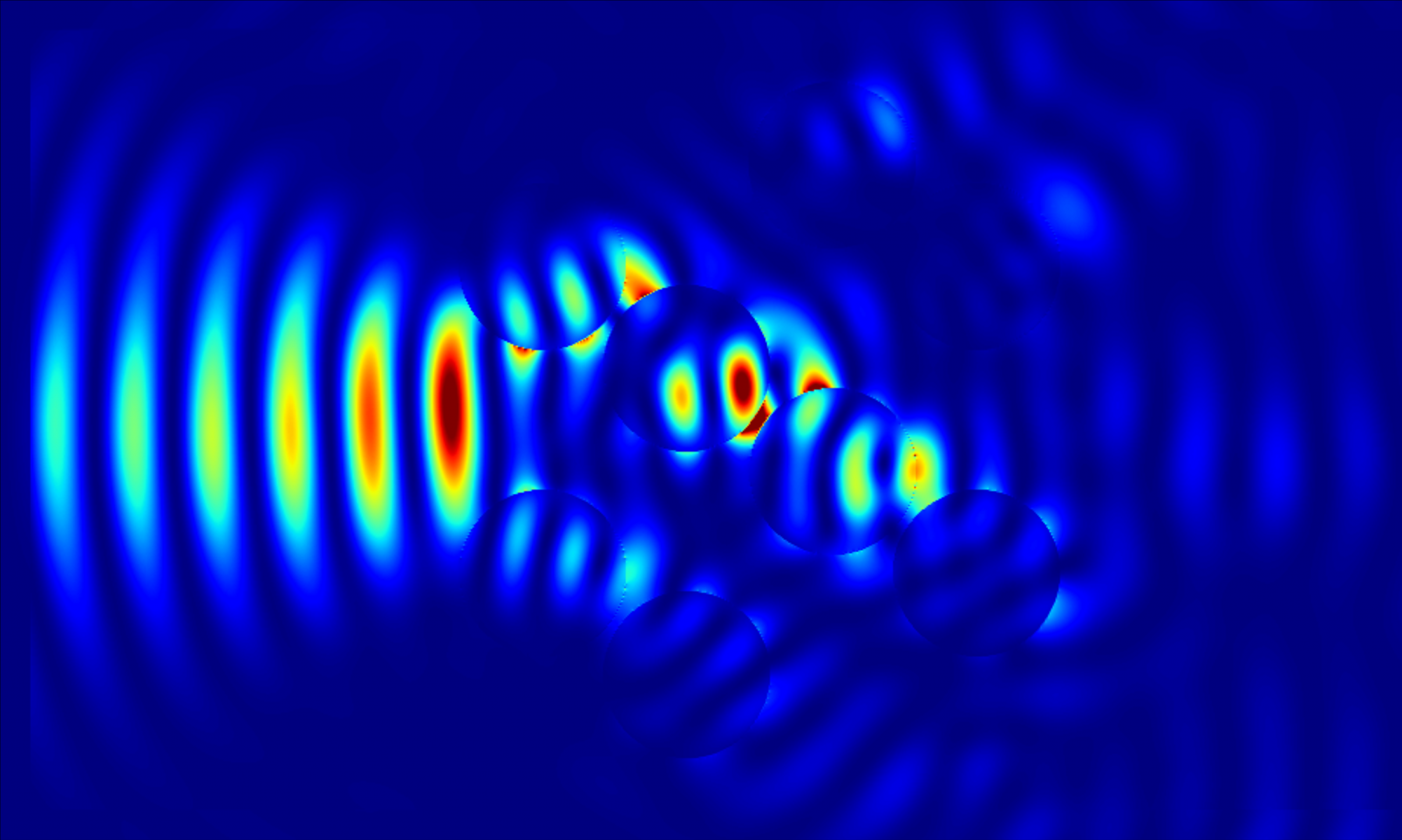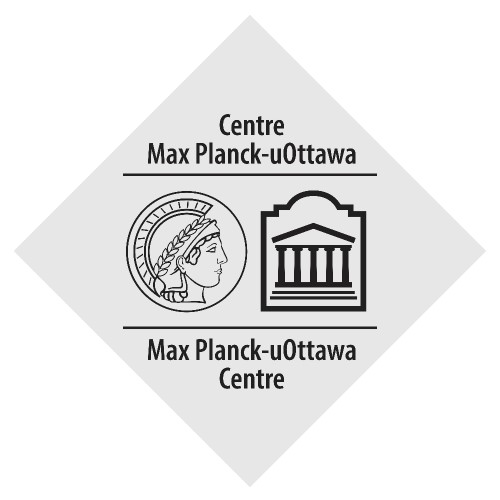Optical properties of a 3D self-assembled carbon-metal metamaterial:

Carbon-based and carbon–metal hybrid materials hold great potential for applications in optics and electronics. Our collaborators fabricated a novel metamaterial consisting of gold–silver nanoparticles intercalated within a crystalline carbon matrix (right), where the carbon atoms are arranged in an orthorhombic lattice. Experiments reveal a high linear birefringence across the visible spectral range. Using a local-field theory applied to the carbon matrix, we linked the birefringence to the orthorhombic unit cell. Through simulations of the metamaterial, we related the observed optical response to the distribution of the alloy nanoparticles and the optical density of the carbon matrix. This work was published in Small (2019).
This work was done within the Max Planck–University of Ottawa Centre for Extreme and Quantum Photonics, in collaboration with researchers at the Max Planck Institute for the Science of Light, Germany, and St. Petersburg State University, Russia.
Creating structured nonlinear light:
One of the attractive features of a plasmonic metasurface is the ability to engineer its interaction with light. In this vein, we designed a plasmonic nanoantenna, which we call butterfly, that offers full vectorial control of the light field in its gap. This affords full control of nonlinear optical processes in the gap as well, allowing us to tailor the emitted light beam at will. By placing thousands of such nanoantennas on a surface, we demonstrated the creation of a highly structured optical beam at the third harmonic. It carries a very high degree of orbital angular momentum, important for applications including quantum communications and cryptography. Furthermore, the third harmonic is a frequency not accessible with linear plasmonics. This opens the door to a new paradigm of beam structuring. This was one of the largest simulations of a metasurface at the time – up to 3000 interacting nanoantennas were simulated (see movie below). This work was published in Optics Express (2017) as editor’s pick.

